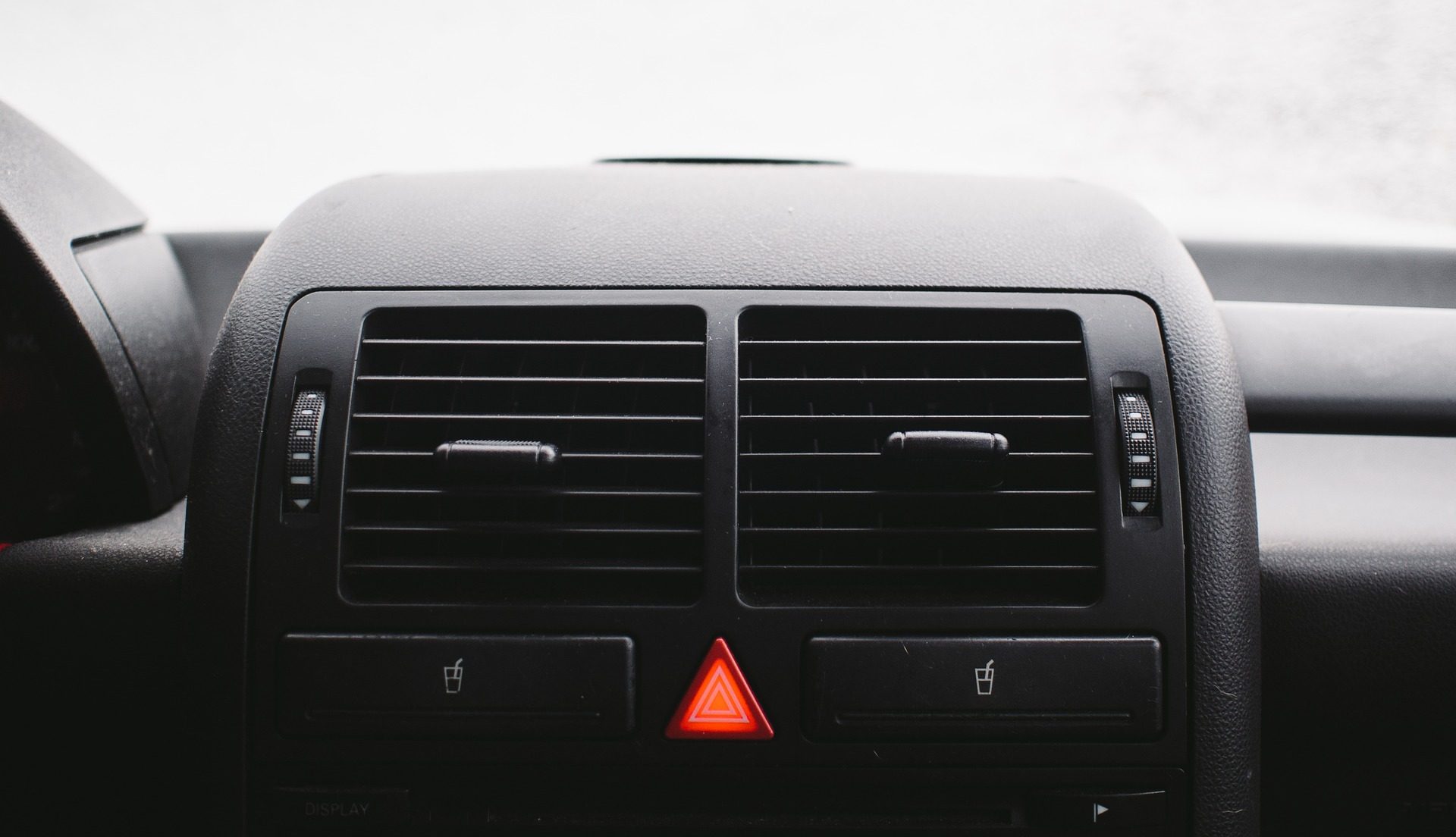In a new list of crucial dos and don’ts, motorists have been reminded when NOT to use their hazard lights while driving in order to avoid being slapped with a fine. Driving experts from LeaseVan.co.uk have explained when motorists should and shouldn’t use hazard lights to ensure they avoid penalties, prevent accidents, and comply with the Highway Code.
While there is no set penalty or fine for driving with the hazards on, LeaseVan.co.uk claim they could contribute to you being charged with a separate offence. Using hazards incorrectly could see motorists charged with driving without due care and attention, which could result in a £100 fine and three penalty points. Many drivers flick their hazard lights on when travelling through heavy rain or fog – but leaving them flashing could confuse other road users and be dangerous.
A spokesperson from LeaseVan.co.uk said: “Usage of hazard lights to say thank you to the car behind, or turning them on when parking illegally are extremely common in the UK, but these are all in breach of the Highway Code.
“While it is nice to say thank you, the over-use of hazard lights may lead to them not being recognised when a real situation develops.
“Your hazard warning lights are, quite simply, a way to warn other road users that there is danger ahead. When activated, all four of your indicators will blink at the same time, and will continue to do so until you manually turn them off.
“Typically, drivers should avoid using hazards at all while driving, unless absolutely necessary.”
Dos
Tell danger
According to Rule 116 of the Highway Code, drivers can use hazard lights to convey danger when stopped to indicate to other road users that the driver’s vehicle is ‘obstructing traffic’. Possible reasons are if there’s been an accident or there’s an obstacle in the road to move before you proceed.
And they should only be used for long enough to ensure that the warning has been observed.
Broken down
Drivers should always make sure they turn on their hazard warning lights if broken down, even if technically out of the way of other traffic such as on the hard shoulder or in a lay-by.
If both these conditions apply, drivers may stick hazard lights on, but again, only for as long as it takes to make sure your warning has been seen .
Motorway queue
One common example of legitimately using hazard lights when driving is if the driver suddenly comes upon a queue on the motorway. In this instance, hazards will let others know that the driver is braking sharply, and help them to apply their brakes in good time, to prevent them from crashing and causing a pile-up.
Don’ts
Saying Thank You
Hazard lights shouldn’t be used on the move unless driving at speed and there’s a need to warn of a hazard to road users behind. Often Brits say thank you through flashing the hazards, but when wanting to thank other motorists, a simple wave of the hand is enough.
Turning
Motorists should never use their hazard lights when driving slowly and looking for a turning. The car’s indicators will not work with the hazard lights on, so nobody will be able to tell if and where the driver intends to turn. For example, if a driver turns right with the hazards on as another vehicle attempts an overtake, the consequences could be catastrophic.
Parking
We’ve all probably witnessed vehicles parked on double yellow lines using their hazards almost as an excuse for doing so. However, the Highway Code warns against this sort of behaviour, and using them to tell others of the illegal parking is no excuse and is unlikely to prevent the driver from getting a parking ticket
Towing
Highway Code Rule 116 has something to say about using hazards on a car being towed: “You must not use hazard warning lights while driving or being towed unless you are on a motorway or unrestricted dual carriageway and you need to warn drivers behind you of a hazard or obstruction ahead.”












